Coronavirus (COVID-19) and The Dental Industry
Coronavirus (COVID-19) and The Dental Industry
With the growing concern about the developing coronavirus, many individuals and businesses are responding to the outbreak in various ways. But, it can be difficult to know how to properly respond if you lack sufficient information about this virus.
This issue is undoubtedly affecting businesses around the world, including dental practices. Fortunately, the ADA, CDC, and dentists themselves are helping staff and patients alike stay aware, safe, and prepared against the coronavirus.
A Summary of the Virus
Similar to the SARS and MERS scares that occurred in 2002 and 2012 respectively, the most recent Coronavirus, or COVID-19, has become a recurring headline in the news as of late. So, what is the virus? Like the aforementioned SARS and MERs, COVID-19 is a type of respiratory illness with no known cure. Despite this, our knowledge of how we contract, spread, and treat these types of viruses is now much greater than in the past.
The CDC has stated that COVID-19 is a zoonotic disease, which means that it is a mutation of a virus found only in animals, in this case- a bat. The epicenter of the virus, a live seafood and meat market in Wuhan, China. This means that the rates of mutation and potential transmission (or “jumping”) from bats to humans is much greater. However, cases popping up around the world can also be a result of community-centric spread, in which no one in the immediate exposure area has traveled to this area.
With all of the commotion that is going on, what effect is the virus having on the dental industry? Dentistry is solely focused on the face and mouth, the precise areas we are warned to avoid touching amidst this outbreak.
Are people doomed when they take a trip to the dentist? Far from it. It’s our job to prepare ourselves for and be aware of the impact of COVID-19.
Health Impact
COVID-19, like other types of coronavirus, is most easily spread through exposure within large groups of potentially infected individuals; whether symptomatic or not. People who can spread the virus without showing symptoms are the biggest contributors to global outbreak in spite of precaution.
Because of this, remaining vigilant with hygienic practices in and outside of the home or office is essential. Mitigating risk should always be our priority in the dental healthcare industry, and that doesn’t stop even when others claim that there’s “nothing you can do to prevent it.”
Medical Supply Impact
Many single use supplies, such as surgical masks, are produced in China, making the current situation difficult for wholesale buyers in the United States and elsewhere. Since the CDC recommends health care professionals use these masks when interacting with a potentially infected patient, the lack of steady supply has created a need for masks that will be delayed.
In some areas, the supply situation has become so dire that patients have resorted to stealing these masks from dental offices. To prevent this, keep your supplies in a locked space accessible to only a select number of employees, and ensure that it is secured during business hours.
Protecting Yourself, Your Team, and Your Patients
From the CDC:
Aside from the standard precautions, the CDC suggests that “in cases when a patient presents with symptoms of a respiratory infection, DHCP may consider postponing non-emergency or elective dental procedures until a patient is no longer contagious with diseases that may be transmitted through airborne, droplet, or contact transmission.” Also recommended by the CDC is that all healthcare workers, dentists included, receive the flu vaccine, and those with flu-like symptoms or respiratory infections not report into work.
For additional information from the CDC about COVID-19 and healthcare facilities, visit the links below.
- Steps Healthcare Facilities Can Take Now to Prepare for Coronavirus Disease 2019 (COVID-19): https://www.cdc.gov/coronavirus/2019-ncov/healthcare-facilities/steps-to-prepare.html
- Coronavirus Disease 2019 (COVID-19) Situation Summary: https://www.cdc.gov/coronavirus/2019-ncov/summary.html
Advise Your Team on Hygienic Practices
Most people recognize and understand the importance of hand washing, but there are a few other steps you can take in order to ensure that your employees are staying sanitary in between patients as well as helping patients in preventing potential exposure.
- Wash hands thoroughly after eating, drinking, using the restroom, and in between uses of multi-use equipment.
- Sterilize multi-use equipment after each use, and discard single use equipment in its own receptacle.
- Adjust booking times and appointments to only allow a small amount of people in your office at once to prevent crowding.
- Prevent frequent eye, ear, nose, and mouth touching.
- If possible, ventilate your office by opening windows, blinds, or replacing air filters as necessary.
You can create a hygienic guide with step-by-step processes on how to best prevent germ spread in the office, and inform your staff directly of any specific changes that you intend to make.
Post Signage For Patient Instructions
It’s always a good idea to post friendly signage around your restroom area reminding patients (and employees!) to wash their hands after use. Ensure that this happens frequently by supplying adequate amounts of soap, paper towels, or a functioning air dryer that is easy to access and kept filled.
What Are Dentists Saying About Coronavirus
It might surprise people to know that with the proper precautions and preventive measures, the spreading of respiratory diseases such as COVID-19 can be drastically decreased. What might surprise people even more is that dentistry has been noted by the CDC for doing incredibly well with preventative measures. Dr. Larry Williams, DDS, has stated in his article on dentistrytoday.com:
“The CDC notes that the dental community has been doing a very good job of protecting our patients via state-of-the-art infection control practices. The use of personal protective equipment (PPE) including masks, gloves, protective eyewear, and gowns has led to better protection for our staff and patients. Our use of disinfectants, up-to-date sterilization practices, dedicated hand washing, and one-time-use disposable materials also have all helped facilitate safe dental visits for our patients.”
What the ADA Recommends
The ADA recommends patient and Dental Health Care Personnel (DHCP) protection guidelines as outlined by the CDC, which include but are not limited to the following procedures:
Employees:
- Encourage seasonal flu shots for all employees, regardless of whether or not they are interacting directly with patients.
- If anyone has acute, flu-like symptoms, allow them to stay home from work until these symptoms subside. These include fever with either cough or sore throat, and muscle aches.
You and your hygienists should also “Wear a surgical mask and eye protection with solid side shields or a face shield to protect mucous membranes of the eyes, nose, and mouth during procedures likely to generate splashing or spattering of blood or other body fluids; Change masks between patients, or during patient treatment if the mask becomes wet.”
For those who perform cosmetic or other elective dental treatment procedures, the ADA also notes that in “cases when a patient presents with symptoms of a respiratory infection, DHCP may consider postponing non-emergency or elective dental procedures until a patient is no longer contagious with diseases that may be transmitted through airborne, droplet, or contact transmission (e.g., sneezing, coughing, and contact with skin).”
Patients:
ADA recommends: “Dental healthcare personnel assessing a patient with influenza-like or other respiratory illness should wear disposable surgical facemask, non-sterile gloves, gown, and eye protection (e.g., goggles) to prevent exposure.”
Also, dentists should “Offer a disposable surgical mask to persons who are coughing; and provide tissues and no-touch receptacles for used tissue disposal.” All of these recommendations reduce risk of transmission between both patient and dentist, as well as others in the office.
For added safety the ADA has released a handout containing several other strategies that practices should employ to best prevent transmission. Although not a cure for exposure to the virus entirely, these measures should aid in clean and secure practices and procedures.
Conclusion
Regardless of eAssist’s remote operations, we care about those with whom we work. We know that there are challenges dentists face in their industry even without the worry of coronavirus. eAssist works hard for dentists to get them what they are rightfully owed, but eAssist’s highest aim is delivering peace of mind. The more we know about the coronavirus the less we will fear.
Despite the distress and drastic changes that this virus has brought upon so many people, the more we know the safer we will be. As long as we are vigilant in maintaining these hygienic practices, as well as educating our patients, friends, and family, there will be less risk of exposure. Let your patients know about the steps your office is taking to mitigate risk and make their dental experience a safe and healthy one.
Sources:
ADA: https://success.ada.org/en/practice-management/patients/infectious-diseases-2019-novel-coronavirus
CDC: CDC-Prevention-and-Information-for-Covid-19-Coronavirus.pdf
Dentists Already Are Prepared for the Coronavirus. Feb 2020. Larry Williams, DD. Retrieved from https://www.dentistrytoday.com/news/todays-dental-news/item/6014-dentists-already-are-prepared-for-the-coronavirus
Infectious Diseases: 2019 Novel Coronavirus. February 28, 2020. ADA. Retrieved from https://success.ada.org/en/practice-management/patients/infectious-diseases-2019-novel-coronavirus?_ga=2.158963962.19377896.1583785078-173741028.1569525307
Dental Billing Tips and News for Pros; Edition #145
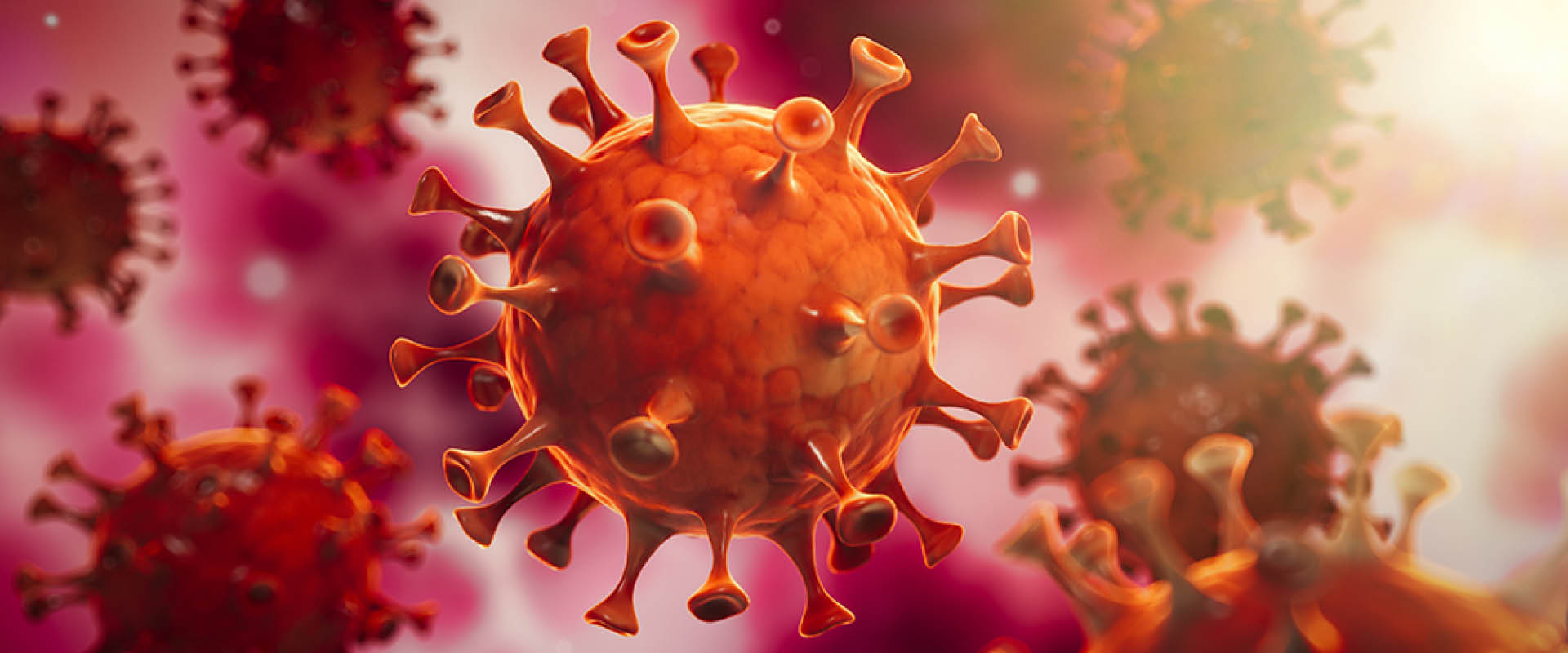

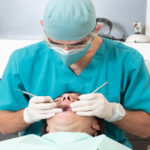
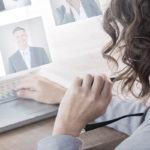
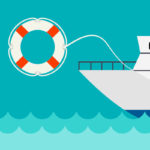
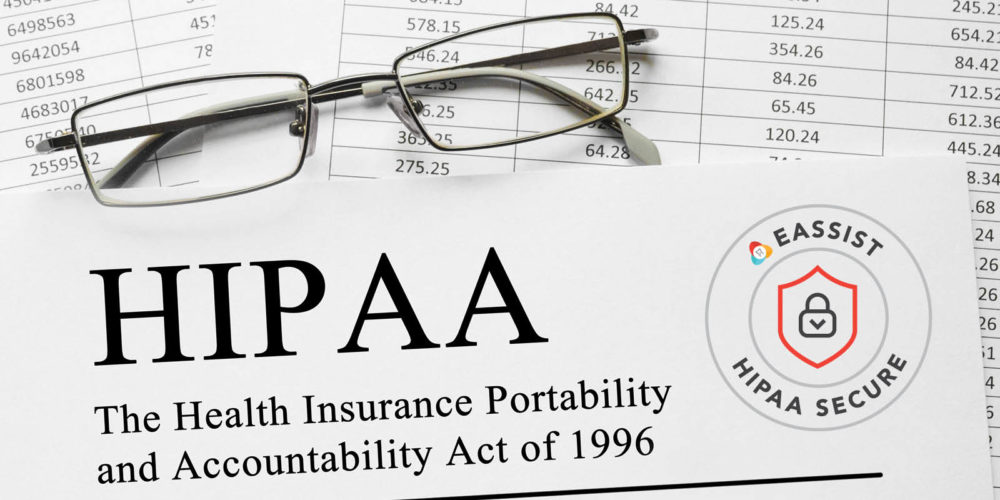

0 Comments